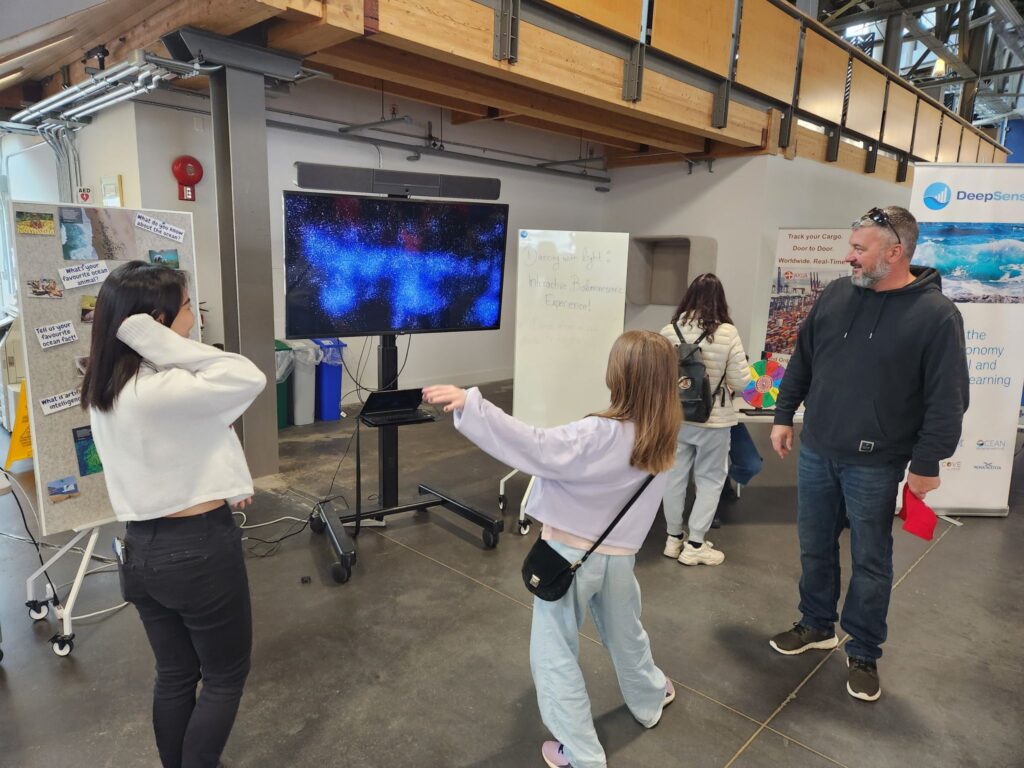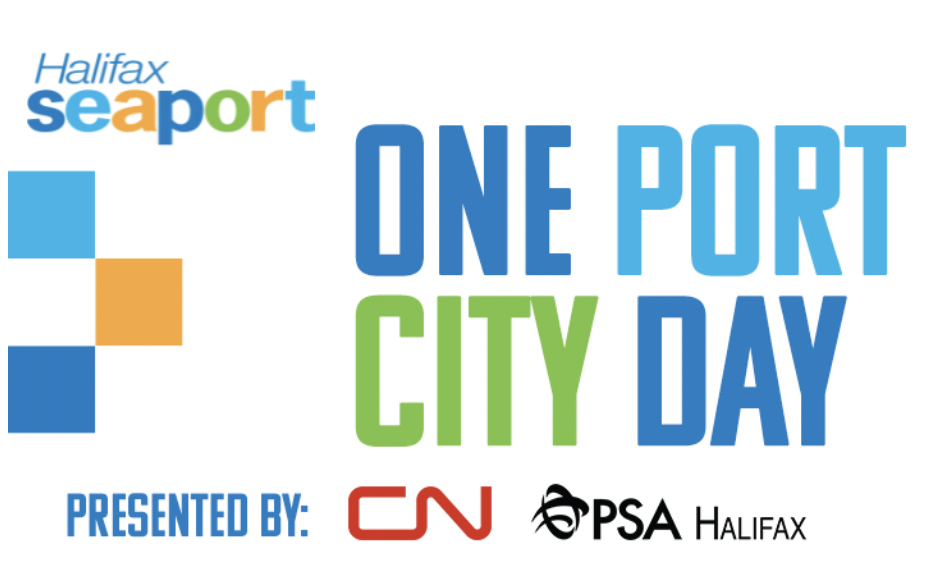Data Visualization
Brigitta Zhao collaborates with DeepSense to link research and behind-scene stories through data visualizations.
Brigitta Zhao is currently pursuing a Master of Fine Arts Degree at NSCAD University. She is currently collaborating with DeepSense’s data scientists and ocean research partners to find new ways to visualize ocean data. Her primary focus lies in the transformative fusion of ocean data and captivating artwork. Through immersive digital experiences, social media, and public installations, she strives to educate and engage audiences.
Deeply motivated by her passion for ocean literacy and environmental concerns, Brigitta seamlessly incorporates data into her art, enhancing its educational and storytelling elements. Her artistic creations not only serve as a celebration of humanity’s potential for positive change but also prompt contemplation on the interdependence and profound bond between human life and the ocean.
Connect with Brigitta Zhao:

Projects
Fueling the Waves: Data Comparison of Boat Engine
Traditional vessel engines, especially diesel ones, generate significant noise, leading to higher fuel consumption and noticeable underwater noise pollution. Various initiatives, such as integrating electronic engines and implementing optimization systems to reduce excessive engine emissions, actively address this issue.
Brigitta explored underwater noise and its implications, utilizing a data-driven approach through audio-visual expression. With hydrophones, she sampled and analyzed engine noise from both traditional diesel and electronic engines. By integrating noise data with underwater imagery from boat rides, Brigitta showcased the visual representation of noise and conducted a comparative analysis and expression between the two engine noise types.
Thanks GlasOcean for the support and guidance. For further information on improving marine ecosystem health via electric boat propulsion kits, visit glasoceanelectric.com.
AIS Data Melody: Nautical Journey Harmony
AIS, Automatic Identification System, refers to information transmitted by maritime vessels to improve navigation safety and facilitate efficient vessel traffic management. AIS was originally developed for maritime safety, but it also serves various other purposes, including vessel tracking, maritime domain awareness, and environmental monitoring.
Brigitta used AIS data to compose music that mirrors a specific boat’s journey. The musical notes are organized based on course changes, indicating the boat’s direction and degree of turn, represented by pitch and velocity. This musical creation serves as an expression of a maritime adventure, capturing the rhythmic essence of the boat’s voyage and the dynamic shifts in its trajectory.
Smart Atlantic Buoy
Smart Atlantic Buoys are located along the Atlantic Coast, constantly collecting and sharing real-time weather and ocean data to support coastal and ocean management efforts. The Smart Atlantic Buoy located in the Halifax harbour is used by the Atlantic Pilotage Authority to determine if conditions allow for safe entry into the harbour. DeepSense is working on creating a predictive machine learning model to help support management decisions if the Halifax Harbour buoy was to go offline. Learn more about Phase 1 of the project by clicking here and Phase 2 of the project by clicking here.
Using the historical data collected by the Halifax Harbour Smart Atlantic Buoy, Brigitta created music using wave height data before, during, and after Hurricane Fiona (September 2022). The song you hear is created by assigning wave heights to different pitches.
The music is then matched with imagery that shows Hurricane Fiona above Nova Scotia, captured by NASA satellite.
The glitch moments that scatter the image happen when the music reaches a specific pitch, ie. an extremely high wave caused by Fiona.
Dancing with Light: Interactive Bioluminescence Experience

On June 10th, 2023, Brigitta presented an interactive installation at the “One Port City” community event, a captivating part of DeepSense’s outreach initiative. This immersive video installation invites you to dance with the enchanting world of bioluminescent plankton. These remarkable marine creatures possess the unique ability to generate their own light, triggered by contact or movement.
The camera above the TV captures the audience’s silhouettes, transforming them into luminous particles that gracefully oscillate for 0.3 seconds, evoking the sensation of swimming among bioluminescent plankton.

Ocean of Data Challenge: Exploring Ocean and Climate Text Data
Centre for Ocean Ventures and Entrepreneurship (COVE), DeepSense, and ShiftKey Labs hosted the fifth Ocean Data Challenge supporting creative collaboration and idea generation. Participants used this challenge to explore text data and share something insightful, shocking, or simply informative.
Brigitta’s Song of CBC News – Climate Change with its innovative way using of data, created stunning art through sonification and visualization and got her first place in the competition and the internship with DeepSense.
—–
Using CBC climate change-related news texts from the past four years, Brigitta selected five keywords: ocean, environment, temperature, nature, and climate emergency. Each keyword was assigned a unique musical note. The two most frequent keywords per day were played as two notes per beat, each note represented by a different instrument. For instance, the French horn symbolized the climate emergency, conveying tension and intensity.
The visual component interacts with the audio in both versions. In the first version, the music influences a marine heatmap-like video frame by frame, synchronized with the notes.
In the second version, the visual frequency illustrates when each keyword occurs and highlights the top keyword on specific days.
Learn more here about the Ocean of Data Challenges hosted every semester.
